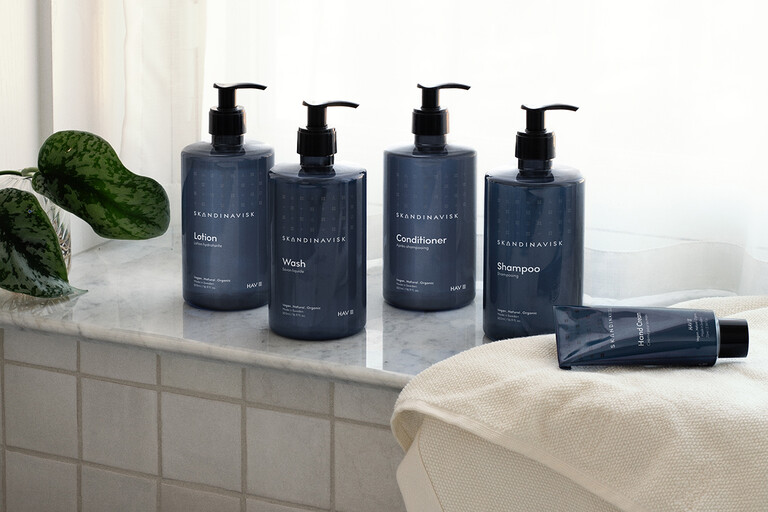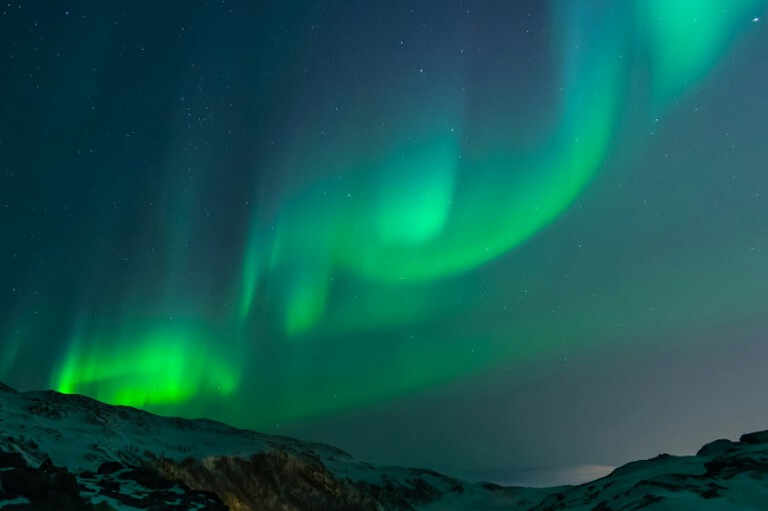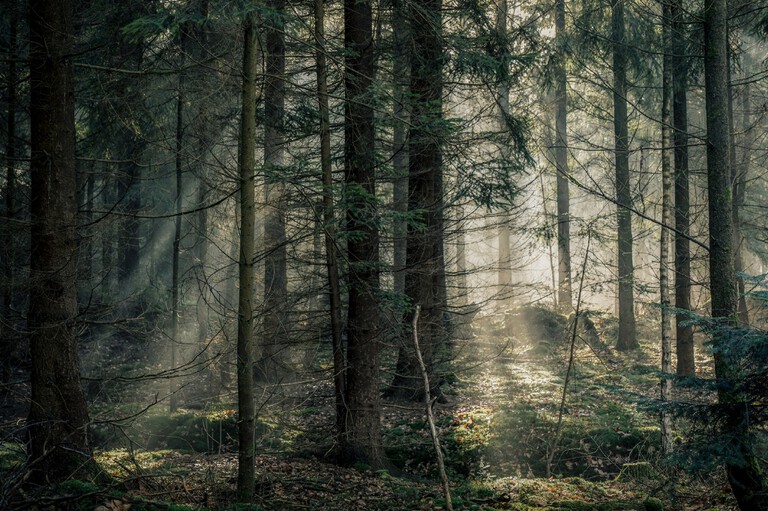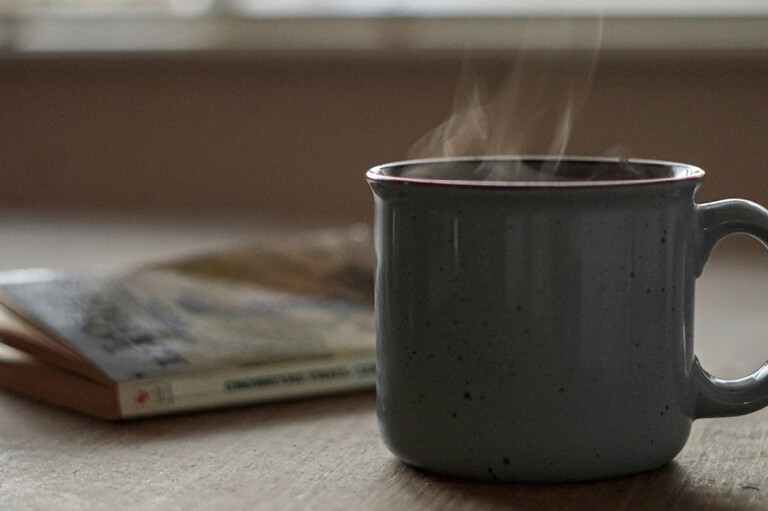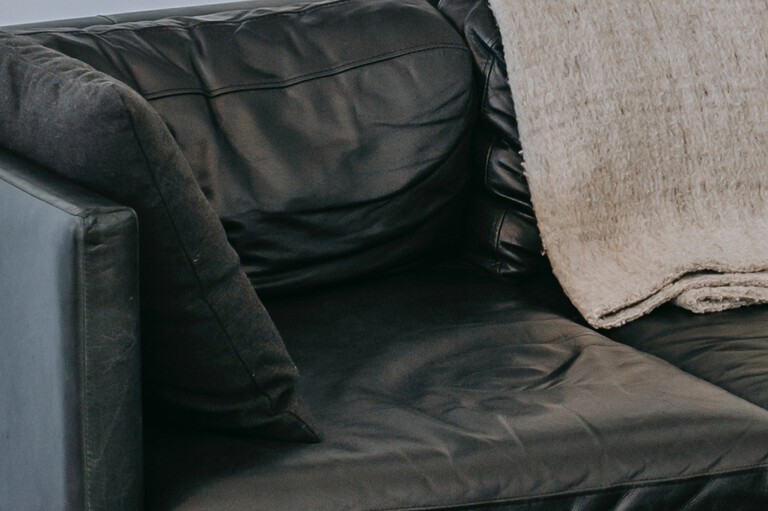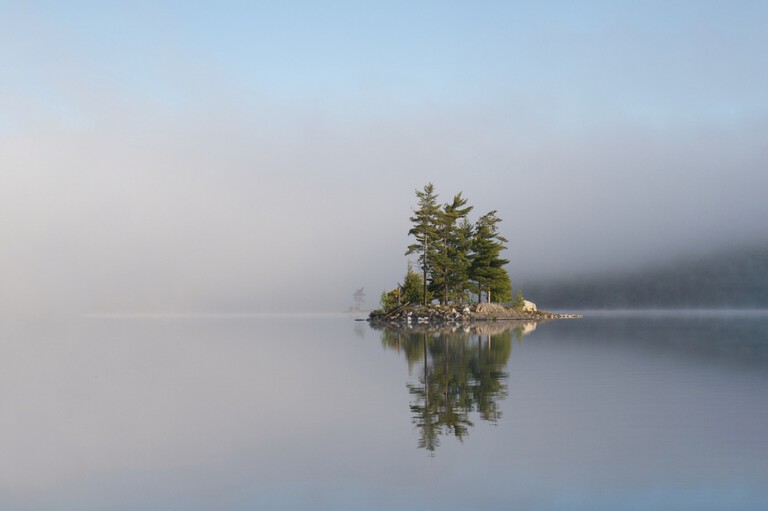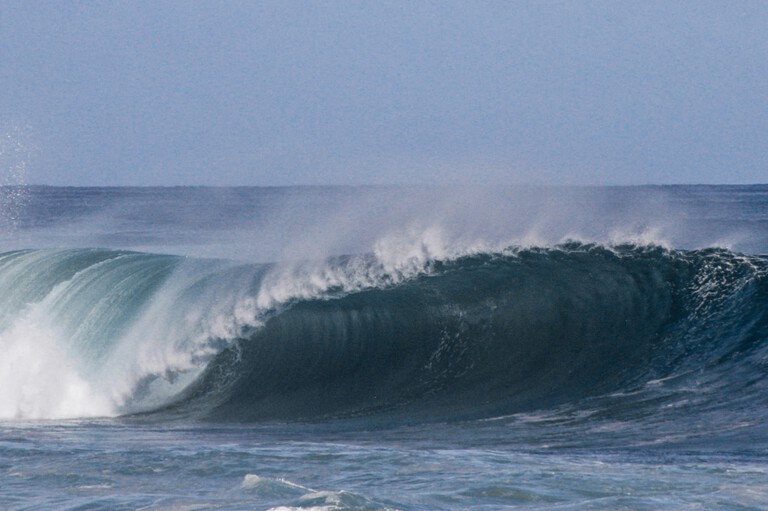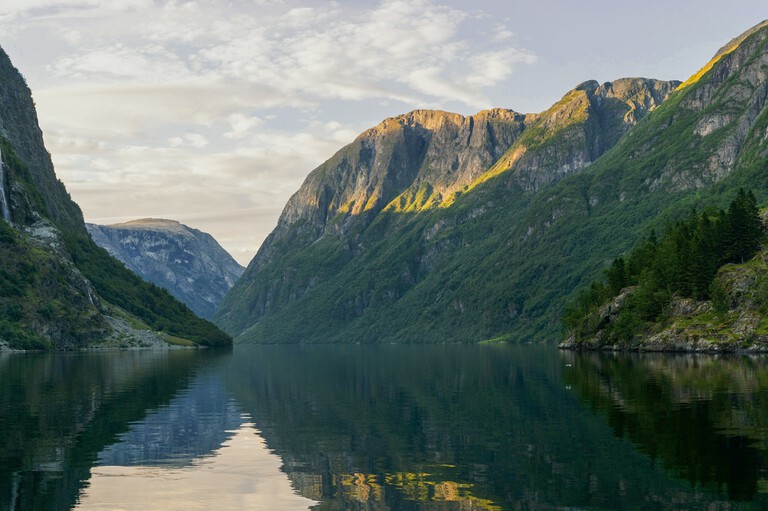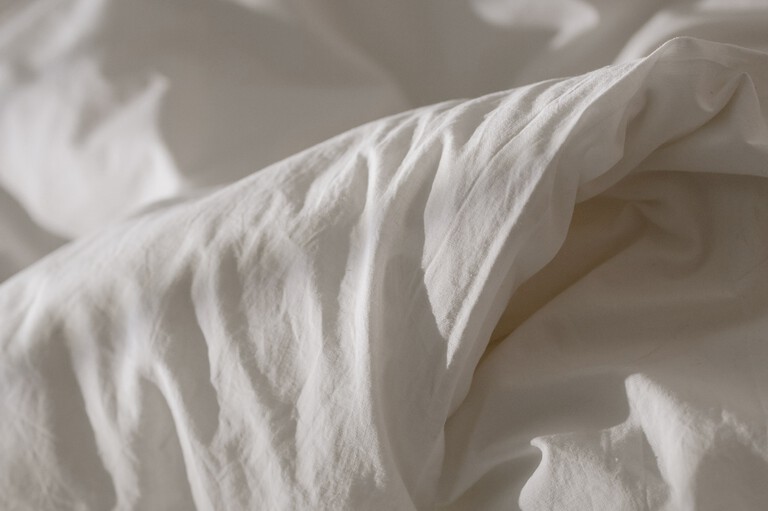- Has my order been placed successfully?
After completing your purchase, you will see an order confirmation screen. You will also receive a confirmation email with your order number (SKXXXXXXXX). If you didn’t receive it, please check your spam folder or contact us at hej@skandinavisk.com
- Can I update or cancel my order?
We process orders quickly, so we’re not able to make any changes or cancel an order after it is confirmed. If you notice any error in your order, please reach out to us at support@skandinavisk.com
- How can I track my order?
Once your order has been shipped, you will receive an email with your tracking information. You can follow your parcel using the provided number and tracking link.
- Where do you ship to?
We ship to many countries in Europe, the UK and the US. To see if we ship to your location, please visit our Shipping Information page for the full list of available countries.
- What are the shipping options and costs?
Shipping costs vary depending on your delivery location. During checkout, you'll see the available shipping methods for your address, along with estimated delivery times and costs. We offer free shipping on orders over a certain amount. For more details, please visit our shipping information page.
- How long does delivery take?
Estimated delivery times differ for each country. Please visit our shipping page for more information.
- My shipment hasn’t arrived. What should I do?
If your order hasn’t arrived within the expected delivery time, we recommend checking your tracking link for the latest updates. If there is no recent movement or the parcel seems delayed, please reach out to us at support@skandinavisk.com
- What if my order is lost or stolen?
If your parcel is delayed, lost, or appears to be stolen, please contact our customer care team at support@skandinavisk.com as soon as possible.
- What is your return policy?
We refund any item returned within 14 days of receipt, provided it has not been opened or used, and is still in its original packaging. If a product is not returned in fully resaleable condition, we reserve the right to refuse a refund. Note that we do not cover return costs. To know more about how to return an item, please write to us at support@skandinavisk.com
- What if I received a damaged or faulty item?
If you received a damaged or faulty product, please contact us at support@skandinavisk.com as soon as possible. Be sure to include your order number and a photo of the item so we can resolve the issue quickly. We’ll review the issue and offer a fair solution.
- I bought my item from a retailer, who do I contact if I have an issue with it?
If you have purchased your Skandinavisk item from a retailer and you are not satisfied with it or it is damaged, then you must contact that retailer to make a claim.
- Are payments on your website secure?
Yes, all payments are processed through secure and encrypted platforms. We use trusted third-party providers to ensure your personal and payment information is protected at every step.
- What payment methods do you accept?
We accept major credit and debit cards, including Visa, Mastercard, and American Express. You can also pay using PayPal and other secure local payment options depending on your location.
- Why was my payment declined?
If the payment of your order was declined, we recommend checking on your payment method or with your bank. Please contact us at hej@skandinavisk.com to make sure the payment is not confirmed before trying again.
- How do I use a coupon code?
Once you've added items to your cart, look for the “Coupon code” section on the right side of the cart page. Click to expand it, type in your code, and then click Submit. If the code is valid, the discount will be applied before you continue to checkout.
- Why is my discount code not working?
Your coupon code might not be working because it doesn’t apply to the items in your cart, has already been used, or has expired. Please note that coupons can’t be combined with other promotions or used to purchase bundles or duos. Make sure the code is entered exactly as you received it, without spaces. If you're still having trouble, please contact our customer care team at hej@skandinavisk.com
- Can I use more than one coupon code?
Only one coupon code can be applied per order. Codes can’t be combined with other promotions already on the site.
- Do you have seasonal sales or special offers?
We occasionally run seasonal sales and special promotions. The best way to stay informed is to sign up for our newsletter or follow us on social media, where we share all updates and exclusive offers.
- Do you offer gift wrapping?
We do not offer the option to giftwrap orders at the moment.
- Can I add a gift note to my order?
We do not have the option to add gift notes or personal messages to orders at the moment.
- Do you offer fragrance samples?
We do not offer the option to purchase samples individually for any of our fragrances. However, we often include complimentary samples with orders as part of our gift-with-purchase program. This way you can discover new scents while enjoying your chosen products. In addition, some of our fragrances are available in mini formats, such as mini scented candles or mini hand creams, and in gift sets that allow you to experience the scents and formulas before committing to full-size products. We also recommend checking for a physical retailer near you, where you may be able to experience our fragrances in person.
- Do you offer corporate gifting?
For corporate gifting inquiries, please reach out to us via email at hej@skandinavisk.com
- Where can I find Skandinavisk in stores?
Skandinavisk is available at select retailers across Europe. In Denmark, you can find a large selection of our collection at stores like Magasin du Nord, Illums Bolighus, and even at the Copenhagen airport. In Sweden, you can find us at Åhléns and Arlanda airport. In the UK, our collections are available at major retailers like John Lewis and Selfridges. You can also find us in selected stores throughout Germany, France, the Netherlands, and other European countries. If you're looking for a store near you, please contact our team at support@skandinavisk.com
- How do I create an account?
Click the account icon at the top right of our website and select “Create account.” Fill in your details, and you’re all set!
- What are the benefits of having an account?
Creating an account allows you to manage your orders and view your purchase history. You can also save your shipping details for faster checkout, making future orders quicker and easier.
- What if I forgot my password?
If you’ve forgotten your password, just click on “Forgot password?” on the login page. We’ll send you an email with a link to reset it so you can access your account again.
- Where is your collection made?
Our whole production is made in Scandinavia and within the EU. Our hand, hair & body care collection are formulated and produced in Sweden using local and organic ingredients. Our home collection is designed in Denmark and made in France, and all our packaging is also made locally.
- How are your fragrances created?
We combine natural essential oils with safe synthetic ingredients to create unique impressions of Scandinavia. Our process involves exploring the region's landscapes and collaborating with experienced perfumers to capture its essence. You can read more about it here.
- I can’t find a scent on your website
Our collection of Scandinavian scents has evolved through the years, and some have unfortunately been discontinued along the way, such as Heia, Lysning or Bær. For recommendations on alternatives to these scents or questions about any other scent you can’t find, please write to our team at hej@skandinavisk.com
- Do you have unscented items?
All the items in our collection are scented, as fragrance is at the heart of what we do. Each scent is carefully crafted to reflect aspects of Scandinavian nature and lifestyle.
- What ingredients do you use in your collection?
Our ingredients are carefully selected to be safe, effective, and kind to both people and the planet. We use certified organic ingredients whenever possible, and we do not use parabens, phthalates, and silicones, and never include animal-derived materials. Our candle wax is made from sustainably farmed Swedish rapeseed oil, and our packaging is typically recycled and recyclable.
- Are your products vegan and cruelty-free?
Our entire collection contains no animal ingredients and is never tested on animals. Before, during, and after production, anywhere in the world. Simple as that.
- Are your products safe to use during pregnancy?
Our products are formulated with safety in mind, and meet all EU standards, and are generally safe for use during pregnancy. However, we recommend consulting with your healthcare provider before using any new products during this time.
- Can I use your products around pets?
Our products are made with high-quality ingredients and meet all EU standards. However, since animals may be sensitive to certain scents, we recommend using products in well-ventilated spaces and keeping them out of reach of curious paws. If you have specific concerns, it’s always best to consult your veterinarian.
- What is your sustainability policy?
Sustainability is at the core of everything we do. As a Certified B Corporation, we are committed to responsible sourcing, low-impact production, and eco-friendly packaging. Our whole collection is vegan, cruelty-free, and made with certified organic ingredients. You can read more about our sustainability initiatives here.
- What is B Corp?
A B Corp (short for Certified B Corporation) is a company that meets high standards of social and environmental performance, transparency, and accountability. The certification is awarded by the non-profit B Lab to businesses that balance profit with purpose. Skandinavisk has been a Certified B Corporation since 2019, which means we meet high standards of social and environmental performance, transparency, and accountability. In 2023, we recertified with an even higher score, reflecting our ongoing efforts to improve and do business more sustainably.
You can read more about B Corp here.
- How can I become a retailer?
If you're interested in stocking our collection, we’d love to hear from you. Please reach out via email at hej@skandinavisk.com, and we’ll get back to you with more information.
- Do you offer bulk orders?
Yes, we offer bulk orders for events, gifting, and special occasions. Please contact us at hej@skandinavisk.com with details, and we’ll be happy to assist you.
- Are you open to business collaborations or partnerships?
We’re always open to meaningful partnerships that reflect our values and mission. If you have a collaboration idea, please get in touch with us by writing to hej@skandinavisk.com
- Can I work for Skandinavisk?
We’re always happy to connect with passionate people who share our values. Job openings are posted on relevant job platforms, but you’re also welcome to send an unsolicited application to hej@skandinavisk.com
